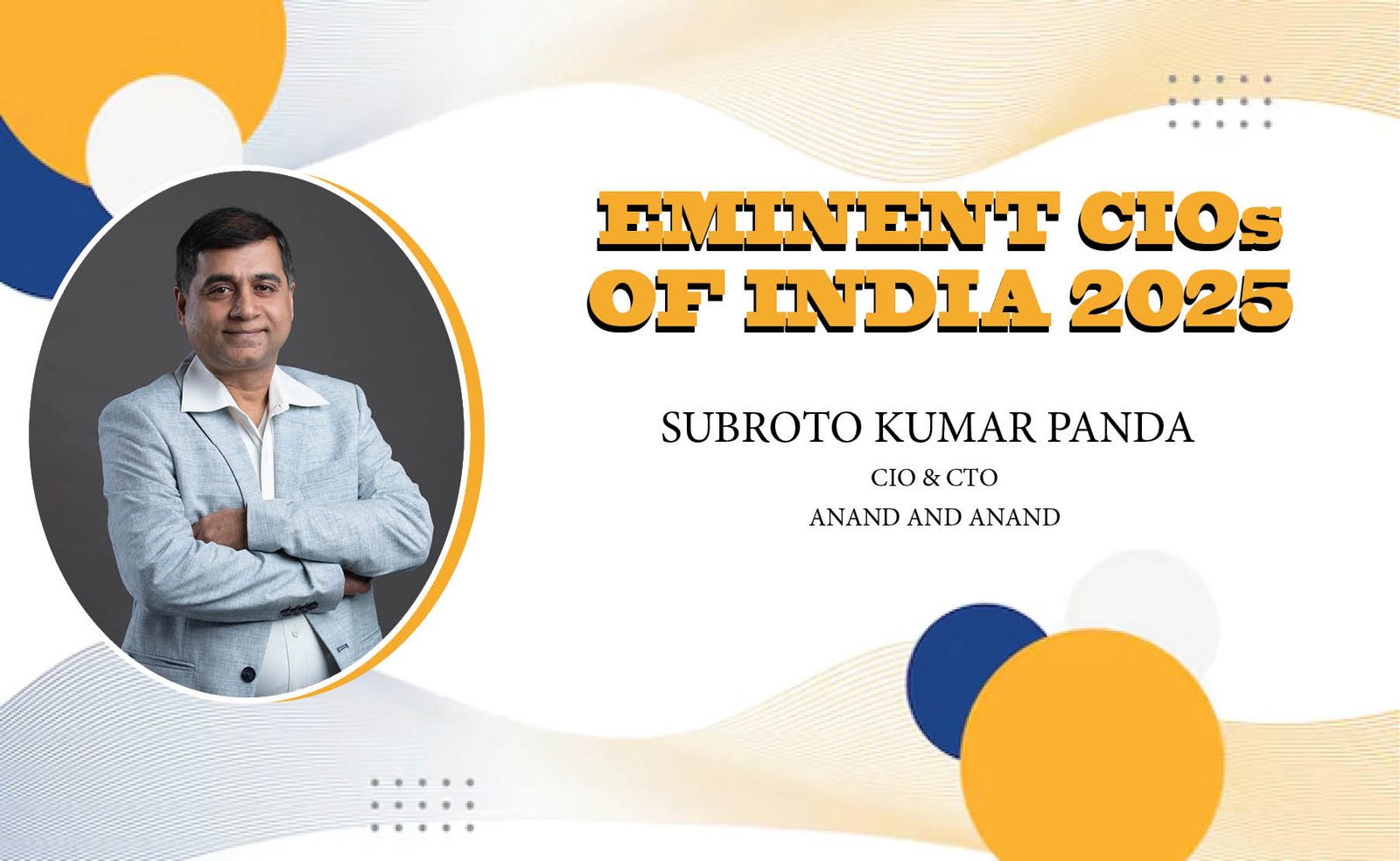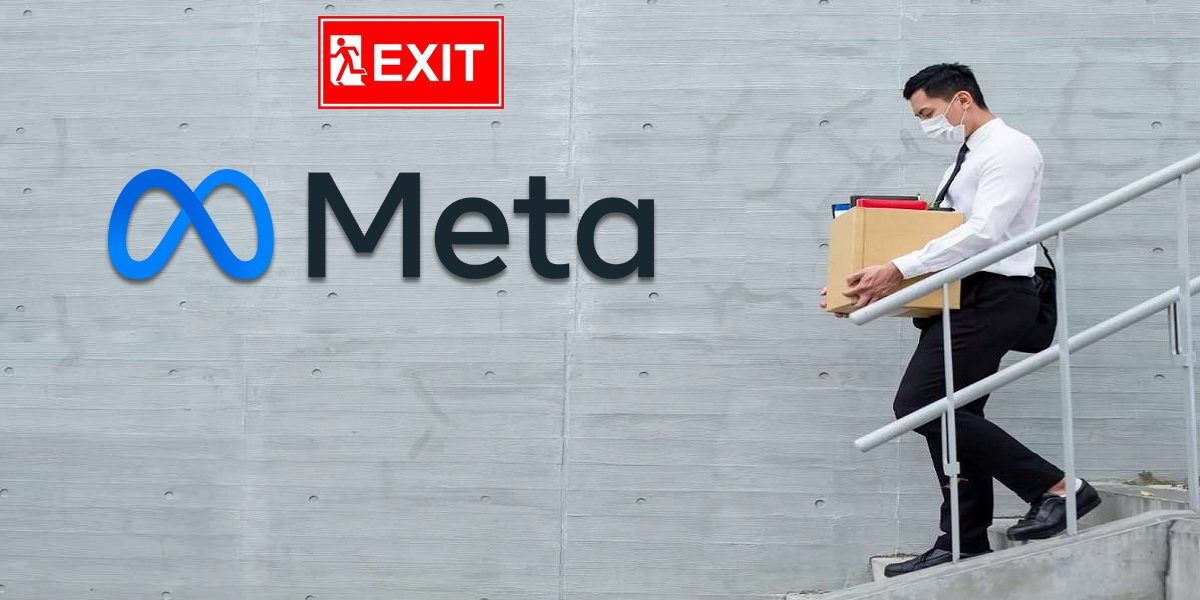Subroto Kumar Panda, CIO & CTO, Anand and Anand
Generative to Agentic AI: The Next Leap
By 2025, Generative AI has reshaped the digital business landscape, becoming deeply embedded in enterprise workflows. As its benefits crystallize, organizations are now stepping into the era of Agentic AI—autonomous virtual agents capable of transforming operations. This shift, far more complex than Robotic Process Automation (RPA), demands rigorous monitoring and continual optimization.
AI-Driven Compliance and Cybersecurity
The rise of virtual workforces has intensified compliance challenges, making AI in governance essential. AI helps streamline compliance, reduce human error, and maintain regulatory alignment. In cybersecurity, AI is a double-edged sword—deployed by both attackers and defenders. Enterprises use AI to reduce false positives and identify advanced threats more efficiently.
Shifting Infrastructure: Cloud, Green IT & XR
Organizations are migrating from on-premise setups to cloud-native and multi-cloud architectures, which offer greater agility and scalability. At the same time, green IT initiatives are taking hold, promoting sustainability. Meanwhile, 5G connectivity and extended reality (XR) are unlocking immersive digital experiences, combining virtual, spatial, and real-world computing.
The CIO: Strategic Architect, Not Just IT Leader
The modern Chief Information Officer (CIO) is a strategic powerhouse, bridging tech with business. They harness AI, quantum computing, and analytics to drive innovation, improve customer experience, and generate new revenue. CIOs are also deeply involved in change management, fostering a digital-first culture and enhancing workforce capabilities. With cybersecurity now a boardroom concern, they ensure seamless, secure access across enterprise systems.
The New Age Tech CXO Suite
By 2025, CIOs, CTOs, CISOs, and DPOs have evolved into visionaries. CIOs drive AI-led transformation. CTOs lead innovation with bleeding-edge technologies like neuromorphic computing. CISOs enforce zero-trust security frameworks and align enterprise resilience with evolving threats. DPOs, meanwhile, are stewards of privacy, ensuring ethical AI use and regulatory compliance.
Why DPOs Must Remain Independent
Unlike other CXOs, Data Protection Officers (DPOs) must remain fully independent. They monitor data privacy, conduct assessments, and ensure regulatory alignment. Having CIOs, CTOs, or CISOs double as DPOs creates conflicts of interest, violating GDPR’s requirement for autonomy. Even in smaller organizations, outsourcing the DPO role is recommended to preserve objectivity. Ultimately, the DPO must remain a neutral, ethical guardian of personal data—separate from operational tech leadership.






